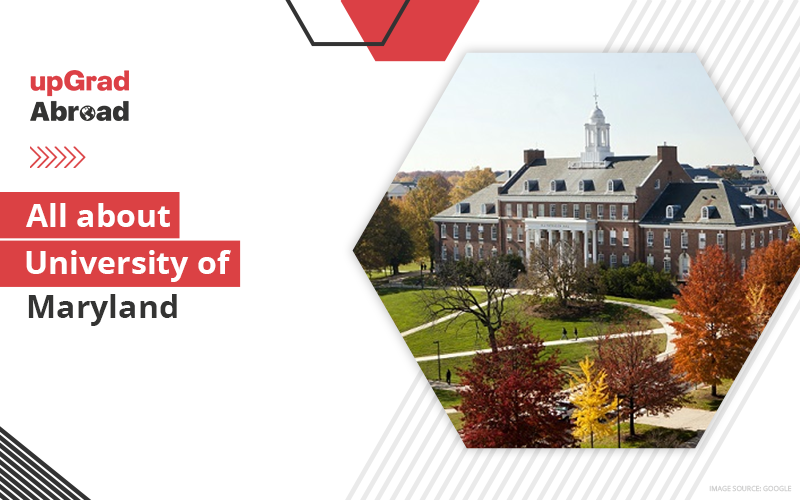
The education system in the United States includes a variety of options, including public schools, private schools, and homeschooling. State governments determine the educational standards for K-12 public school students and sometimes mandate standardized test scores. They also supervise state colleges, universities. Although there are many ways to learn in the US, the following highlights the key features. These key points will help to make an informed decision about the many options and methods you have.
American education system characteristics
The American education system is unique among others. The US education system is different from the European model in that it emphasizes decentralization. It also differentiates between public school and private schools. Public schools receive government funding but must follow rules to ensure they use the money efficiently. Private schools don't have to adhere to such regulations and have more control over their education programs. However, the American left is incensed by the blurring of the first distinction.
The US education system can be multi-leveled and complex. It is built on a logical system and is widely regarded as one of the most advanced in the world. It is not regulated by law and is administered by the state. The family's financial resources will play a major role in determining the level of education. Students can learn one language such as English or many languages at once.

Different types of grading systems
The US education system uses several different grading systems. One system compares student achievements to the average performance among other students. This system is particularly useful for student work that requires judgement, such independent studies. Another method uses a point system in order to determine if a student passed or failed an exam.
The four-point system can still be found in many areas of the US education system. This includes kindergarten and elementary school. It is also used in high school for citizenship and conduct grades. A grade of four can be associated with A or B letters, while "F" stands for failure.
Unconventional courses offered in colleges
Consider taking an unconventional course at a college or university if you are interested in a new career. These courses can be much more exciting and customizable. For instance, you can take a class on Lady Gaga, or you can even learn about the different emojis that are used by the general public. If you're interested in survival skills, there are also classes that will help you survive the undead.
ESEA is important
The ESEA is a federal law governing education that was adopted in 1965. It was created to increase federal education aid and provide opportunities for the poor. It has been criticized for insufficient targeting, inconsistent educational philosophies and unclear implementing authority. The ESEA states that the federal government has the primary goal of providing resources for elementary and second education. However, it is extremely difficult to direct federal money towards disadvantaged students.

ESEA was initially designed to encourage states and other entities to apply for federal education funds. Funds are awarded based on specific educational achievements and policies. The ESEA led to many changes in the evaluation of teachers and the emphasis on test results. The ESEA reauthorization signed by President Obama allowed states to regain some of their federal education power and allow them to create their own policies.
Education options for homeschoolers
State laws vary on the educational options for homeschoolers. Some states require parents to teach specific subjects and others do not. Some states require students to take certain standard tests. Extracurricular activities and sports are available in some states for homeschooled kids. Homeschooling students need to learn math, science, language arts, and other subjects.
State with strong education choice programs could see a higher number of homeschoolers. These programs help with curriculum and supplies. Other states allow parents to opt out of public schools and access these funds through government-authorized savings accounts (ESAs). These funds may be used to cover a wide variety of educational expenses.
FAQ
What is a trade school?
People who are not able to succeed at traditional higher education institutions can earn a degree through trade schools. They offer career-oriented programs that help students get prepared for specific careers. These programs allow students to complete two years' worth of coursework in one semester. Then they can enter into a paid apprenticeship program that teaches them a specific skill set and provides on-the job training. Trade schools are vocational schools and technical colleges, as well community colleges, junior colleges, universities, and other institutions. Associate degrees are offered by some trade schools.
What is the difference of a college and university?
A university is an academic institution that provides higher education. It offers undergraduate and postgraduate courses in various fields.
A college is generally smaller and less respected than a university. It may offer fewer courses but often has its own specialist departments.
How do I apply for college?
There are many ways to apply for college. You can get started by contacting your high school guidance counselor or admissions representative. Many high schools offer online applications. You can also contact local colleges directly. Most colleges accept applications online through their websites.
If you choose to apply via mail, fill out the application. You will also need to write a personal story and attach copies of all documents. This personal statement allows you to describe why you choose to attend this institution and the benefits it could bring to your life. This personal statement also helps admissions officers understand your goals and motivations.
You can download sample essays from this website.
Statistics
- “Children of homeowners are 116% more likely to graduate from college than children of renters of the same age, race, and income. (habitatbroward.org)
- Among STEM majors, that number is 83.5 percent. (bostonreview.net)
- They are also 25% more likely to graduate from high school and have higher math and reading scores, with fewer behavioral problems,” according to research at the University of Tennessee. (habitatbroward.org)
- In most developed countries, a high proportion of the population (up to 50%) now enters higher education at some time in their lives. (en.wikipedia.org)
- Data from the Department of Education reveal that, among 2008 college graduates, 92.8 percent of humanities majors have voted at least once since finishing school. (bostonreview.net)
External Links
How To
What can I do to become a teacher in my area?
There are many teaching jobs available in public elementary and private schools.
To become a teaching professional, you will need to complete a bachelor’s degree program at any of the following universities:
-
A university or college that is four-years in length
-
A program for associate's degrees
-
Some two-year community college programs
-
Combinations of these three types programs
Candidates must fulfill state requirements to be eligible for teaching certification. These include passing standardized testing and completing an internship period.
Most states require that candidates pass the Praxis II exam. This test measures the candidate’s knowledge in reading, writing mathematics, and language arts.
Many states require that candidates obtain a specialized license in order to be certified to teach.
These licenses can be issued by the state's boards of education.
Some states grant licenses without requiring any additional testing. To determine if your state has granted licenses without additional testing, you should contact the board in your state.
Some states don’t issue licenses until the applicant has completed a master’s degree program.
Other states allow individuals to apply directly to the state board of education for licensure.
Licenses come in a variety of prices, lengths, and required coursework.
For instance, some states only require a high-school diploma, while others require at least a bachelor's degree.
Some states have specific requirements for training, such a literacy or child-development course.
Some states require candidates to have a master's degree in order to become licensed.
When applying for certification, many states ask prospective teachers about previous employment.
If you were a member of another profession, it might be a good idea to mention this on your application.
However, most states will accept your prior work experience no matter what type of job you held.
Perhaps you would like to include your past job title, post, and years in service.
Potential employers will find this information helpful.
It shows them you have relevant skills.
Working can give you new skills and valuable experience.
This can be displayed on your resume to future employers.